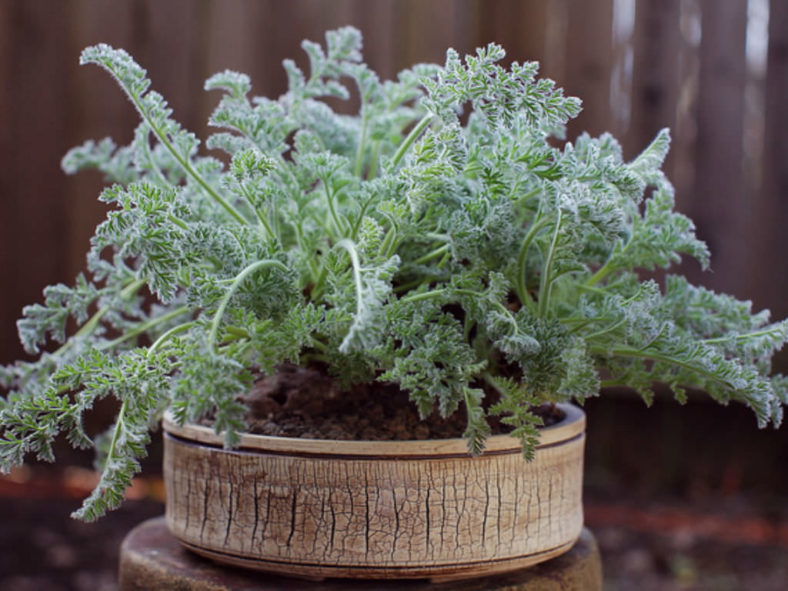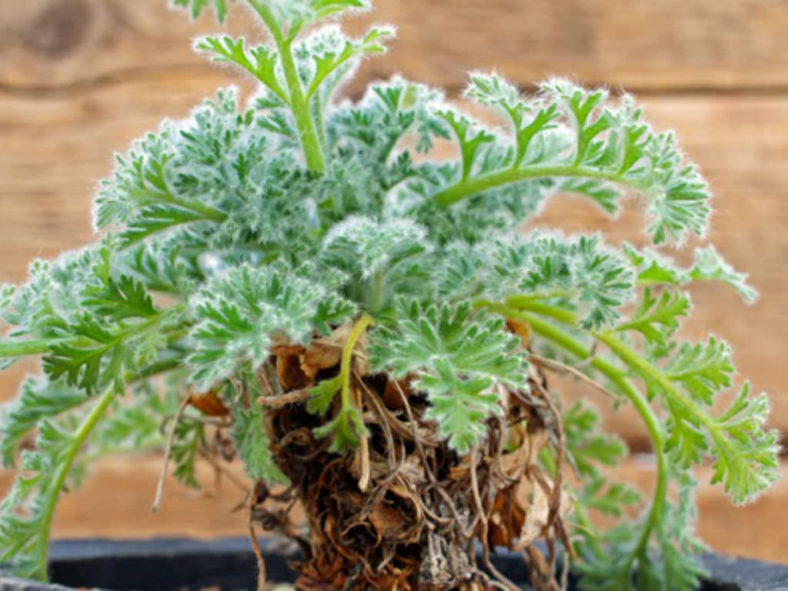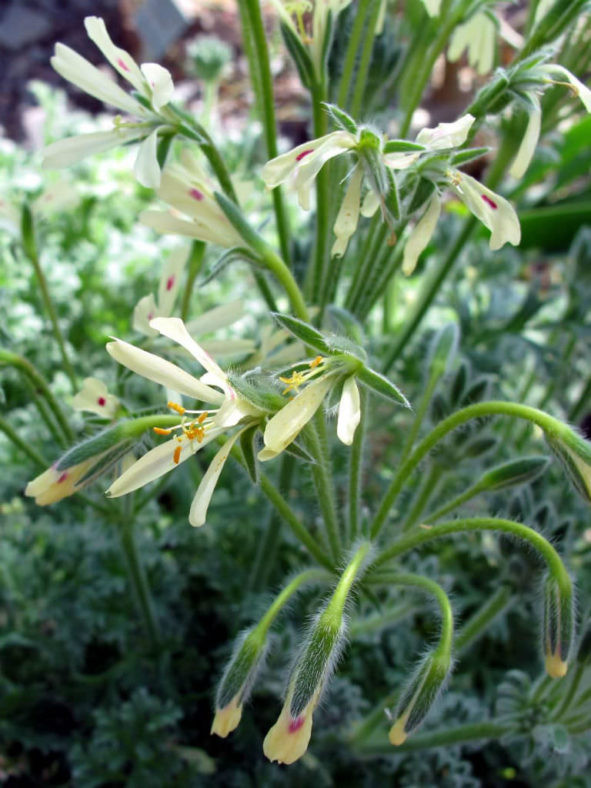Scientific Name
Pelargonium appendiculatum (L. f.) Willd.
Synonym(s)
Geraniospermum appendiculatum, Geranium appendiculatum, Hoarea appendiculatum
Scientific Classification
Family: Geraniaceae
Genus: Pelargonium
Etymology
The varietal epithet "appendiculatum" (pronounced "ap-pen-dik-yoo-LAY-tum") means "having a small appendage, appendiculate" and refers to the well-developed stipules of this species.
Origin
Pelargonium appendiculatum is native to South Africa. It occurs in deep coastal sand from near Kotzesrus in the Northern Cape to Leipoldtville in the Western Cape province.
Description
Pelargonium appendiculatum is a tuberous geophyte with a very short stem covered with grey, irregularly incised, softly hairy leaves. It can grow up to 12 inches (30 cm) tall. The ear-shaped, exceptionally broad, rigid stipules and the silky decompound leaves distinguish this from all allied species. The thickened root can reach a diameter of 5 inches (12.5 cm). The leaves are 2- or 3-pinnatisect and can grow up to 4 inches (10 cm) long.
The flowers appear in two or three clusters on branching stalks, up to 15 in each. They have five pale yellow petals, with the upper two marked with red.

Hardiness
USDA hardiness zones 9b to 10b: from 25°F (-3.9°C) to 40°F (4.4°C).
How to Grow and Care
Most Pelargoniums are grown in pots in a greenhouse or conservatory. They can also be grown inside the house, but must be in the sunniest area possible. Many species do well when planted outside in an open area to become larger plants. However, this can be a problem if you want to replant them in a pot for the winter months. Cuttings can be taken in the summertime instead to make new plants.
Succulent species grow well with other succulents and cacti. Pelargoniums are very attractive and one of the toughest and most durable succulents.
Pelargonium's main requirement is a warm, sunny, sheltered location. Many species will tolerate drought conditions for short periods. They will show you when they want water by producing a crop of new leaves. Almost all species are winter growers. After the summer, you can wait until the plants begin to grow, but you can also give them lights, springs, or a shower to stimulate their growth. When they are in full leaves, they like water. Always keep the soil dry out between waterings. Overwatering can cause unnatural growth.
See more at How to Grow and Care for Pelargonium.
Links
- Back to genus Pelargonium
- Succupedia: Browse succulents by Scientific Name, Common Name, Genus, Family, USDA Hardiness Zone, Origin, or cacti by Genus
Photo Gallery
Click on a photo to see a larger version.

